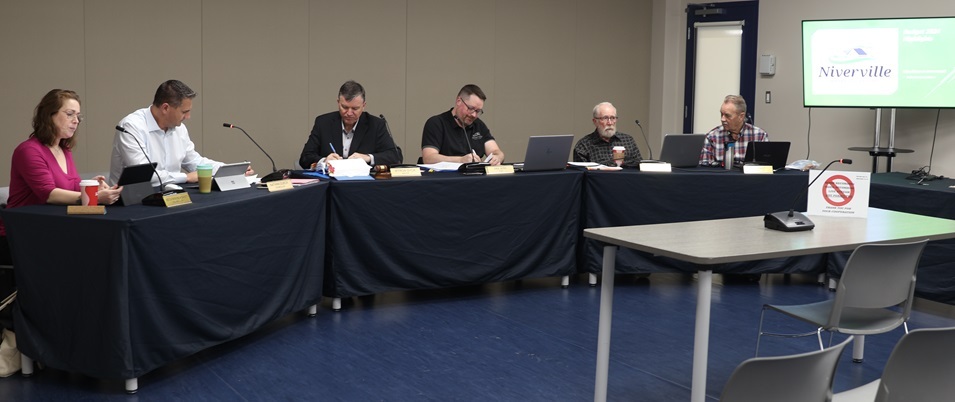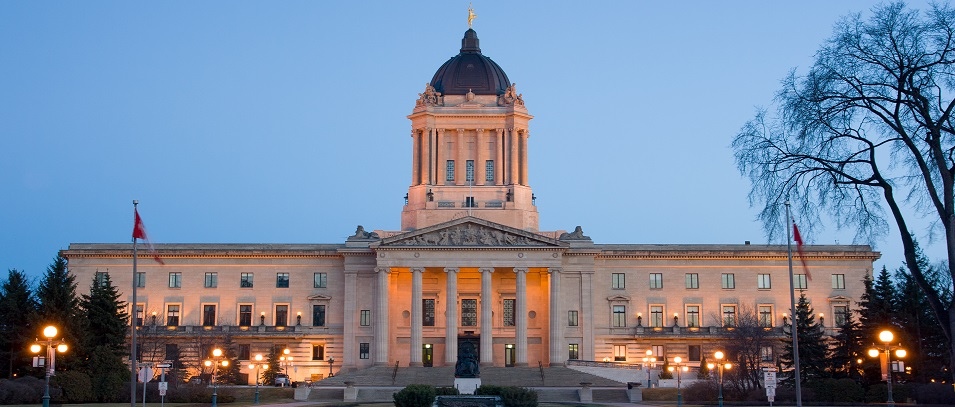
In recent weeks, the NDP government announced their intent to give the minimum wage another boost, marking the fourth increase to Manitoba’s lowest wage in two years. By the fall, the minimum wage will have shot up by nearly $4 per hour since 2022.
On October 1, the minimum wage will go from $15.30 to $15.80 per hour.
The Living Wage Model
Kevin Rebeck is the president of the Manitoba Federation of Labor (MFL), an organization acting as the voice for many public and private sector workers.
Rebeck is a proponent of ditching the minimum wage model altogether and adopting the “living wage” instead. This, he says, would more effectively help low-income workers climb out of the poverty cycle.
In fact, Premier Wab Kinew was also a vocal advocate for the living wage when he stood as leader of the opposition.
According to the Canadian Centre for Policy Alternatives, a living wage in Winnipeg would come to just over $19 per hour.
The living wage is calculated based on what wage earners would require to cover their most basic needs of housing, transportation, and food. It should also be sufficient to allow for the healthy social, civic, and cultural development of children.
The wage is calculated for each of three households: single adult, single parent, and a family of four. Then a weighted average is taken.
“It’s pretty simple,” Rebeck says. “We think that if people work full-time, they shouldn’t have to live in poverty. But for far too many workers, that’s their reality. Minimum wage earners often have to work multiple jobs, which actually makes them worse off because now they’re not getting overtime.”
There are a few common misconceptions surrounding Manitoba’s lowest income earners, Rebeck says.
Firstly, the belief is that most employees earning minimum wage are kids who are still living at home and are just looking to make a few extra bucks.
The reality is that 64 percent of minimum wage earners in Manitoba are 20 years of age or older. And only 40 percent of that number are students.
“We also know that over half of them work for large businesses with over 100 employees,” Rebeck adds. “Only a quarter of them work for small businesses with 20 employees or less. So this whole idea that it’s mom-and-pop shops that are negatively impacted [by rising minimum wage rates] is simply just not true. It’s the Walmarts and McDonalds and the ones who report record profits year upon year.”
In defending a $19 per hour living wage to replace the minimum wage, Rebeck says that, historically speaking, the local economy benefits by the same measure as the low-income earners do.
The reason, he says, is that these workers tend to spend their new earnings locally. The more money the working class make, the more money circulates in the economic pool. Even the employer who is paying his employee a living wage will eventually benefit from the economic spinoff.
“Do I have some sympathy for small businesses? Yes,” Rebeck says. “Do I think we’ve been misled on what the economic impact will be on small businesses? Yes. The number one thing businesses actually want and need are customers with disposable income. They don’t need corporate welfare or handouts or big tax breaks.”
But there’s another economic benefit that Rebeck believes would result from the introduction of a living wage: an increased number of available workers in the employment pool.
Since the pandemic, Rebeck says that many workers just aren’t willing to go back to low-paying jobs with no benefits. In his opinion, employers paying a fair living wage today are not the ones who can’t find workers.
Of course, some would argue that the government provides extra tax breaks and other benefits like rental credits to low-income earners to help close the gap between them and the middle-income earners.
Rebeck says that this model simply acts as a public subsidy for businesses that don’t want to pay fairly.
“What we’re really talking about is corporate welfare, and I don’t think that’s fair,” Rebek says. “I think we should all, as a society, agree that when people work full-time, they should make enough to meet their basic needs. [Otherwise] we’re all paying for it. The business gets away with paying poverty level wages and we all pay for it because our taxes go to government programs that then support those low-wage workers.”
At this time, no provinces or territories in Canada have replaced the minimum wage model for a living wage.
Financial Implications
Henry Friesen is a chartered professional accountant and financial consultant through Blue River Group in Niverville.
According to Friesen, anytime a worker receives a boost in wages, the government is the biggest beneficiary. So whether it’s a minimum wage increase to $15.80 or a living wage increase to $19, the government always comes out the biggest winner.
Case in point, Friesen compares the financial outcome for an adult working full-time hours with a living wage of $19 per hour verses a minimum wage of $15.80 per hour. The difference between the two wages is $3.20 per hour.
This is significant until you consider the fact that the living wage employee will only get to keep $1.99 of that increase.
Once federal taxes, CPP, and EI premiums are deducted, and considering the low-income tax credits the employee would lose due to the jump in pay, the government will be keeping $1.21 of their raise.
But the government benefits a second way when an employee receives a wage increase – through the employer.
The employer paying $3.20 in additional wages must also spend an additional $0.80 for the employer’s share of CPP and EI, Workers Compensation premiums, and payroll taxes. So a $3.20 employee raise in actuality means $4 in added costs for the employer.
“Governments get 50 percent of the total cost to employers of a minimum wage increase,” Friesen says. “If you think this looks like an indirect government money grab, you’d be right.”
Another concern Friesen has with the ever-rising minimum wage is that it might be just the push that companies need in order to justify electronic automation with which to replace their entry-level human workers.
Instead of a blanket minimum wage rate to address low-income workers of all stripes, Friesen suggests that alternatives might be found which would be more equitable to all.
He addresses Rebek’s statistic showing that 64 percent of minimum wage earners are older than 20, leaving 36 percent in the youth category. Many of these youth, he says, have low to no expenses to consider.
“The point is that, when you have an almost 60 to 40 split between those over and under the age of 20, 40 percent is a huge number,” Friesen says. “So an increase in minimum wage to help the 60 percent is a very big hammer when we’re indirectly affecting the 40 percent who don’t really need [the extra income].”
Finally, Friesen references a book by Thomas Sowell called Social Justice Fallacies. Sowell is an American economist, social theorist, and political philosopher.
The author presents years of research to indicate that, statistically speaking, the number of workers who progress from the low-income sector to the middle-income sector within a mere five years is enormous.
“[Sowell] says that people better themselves as time goes on by taking advantage of opportunities and it’s a relatively small group of people who are destined to remain [at the lowest wage] forever,” says Friesen. “This is probably the most relevant information of all, because it gives people hope.”
Sowell goes on to suggest that governments should focus their energies on supporting those workers who have little opportunity for advancement and let the rest figure it out for themselves.
“[Academics] have created a powerful vision of classes with disparities and inequities in income, caused by barriers created by society,” Sowell says. “But the routine rise of millions of people out of the lowest [income level] over time makes a mockery of the barriers assumed by many, if not most, of the intelligentsia.”



















